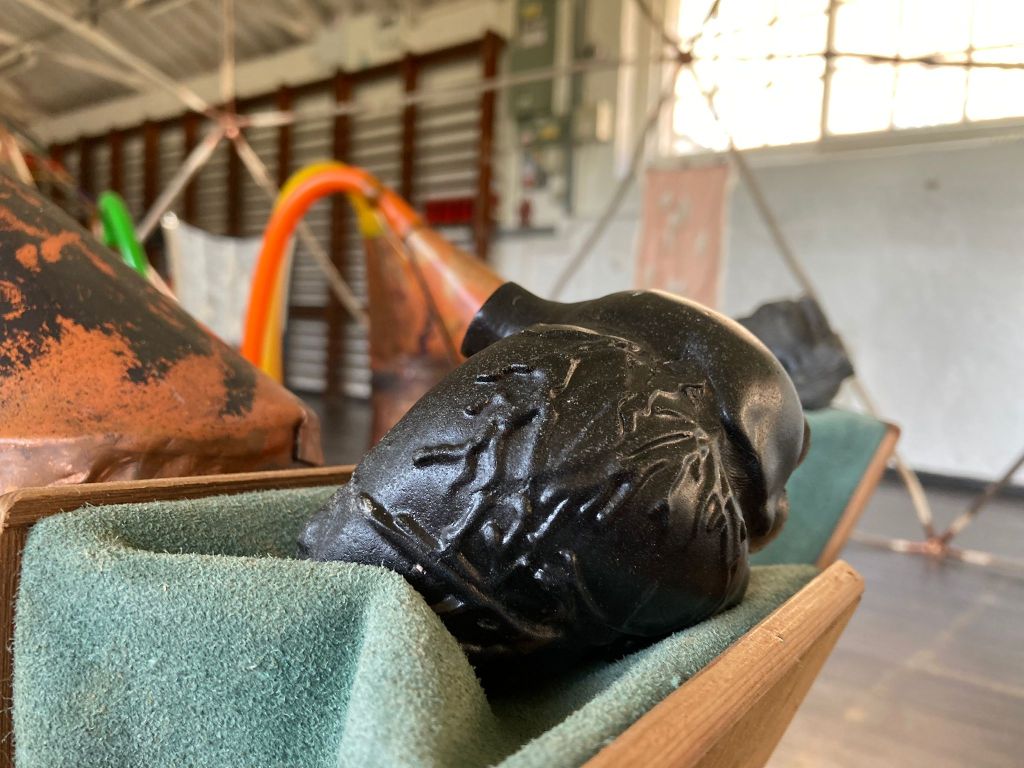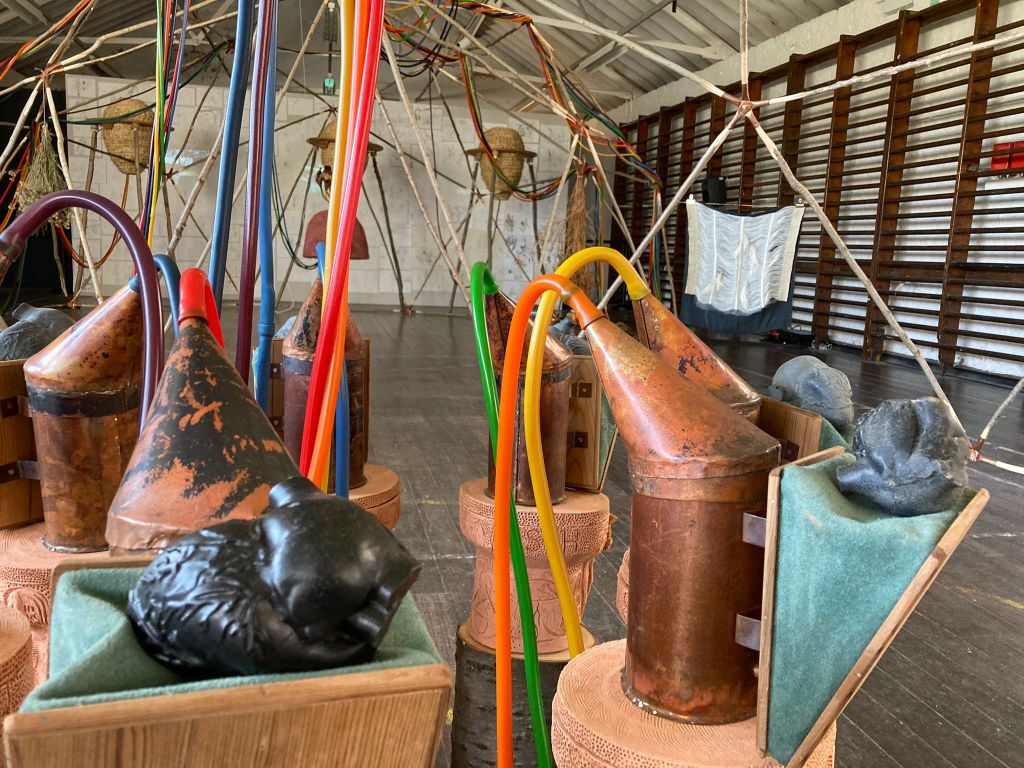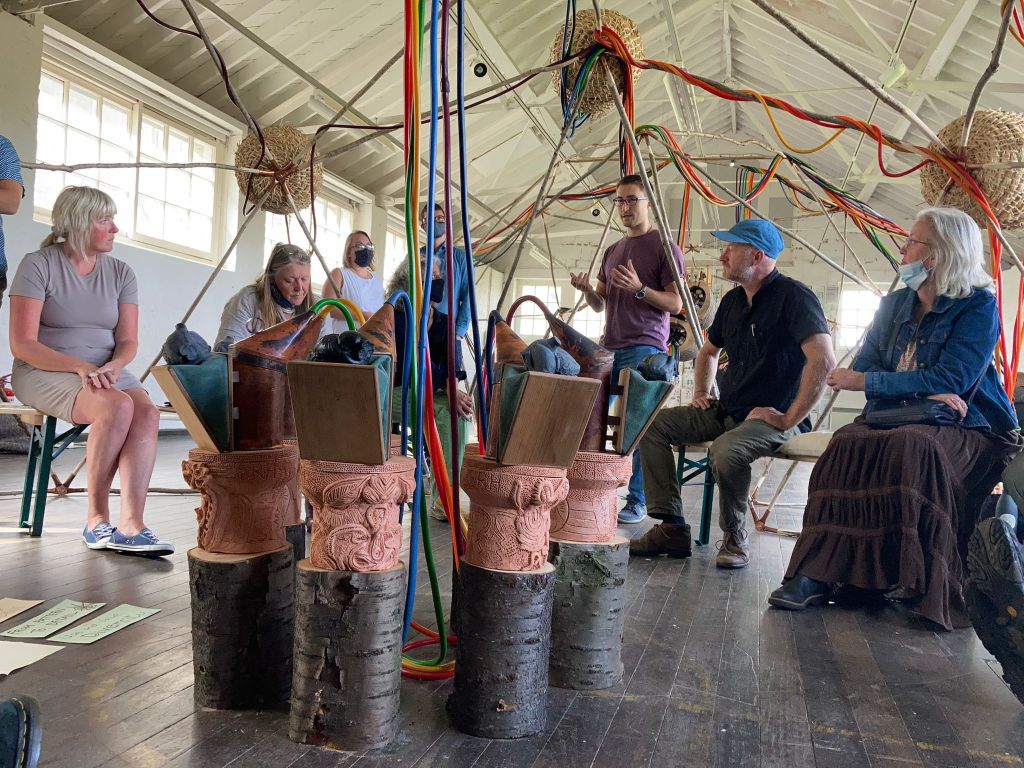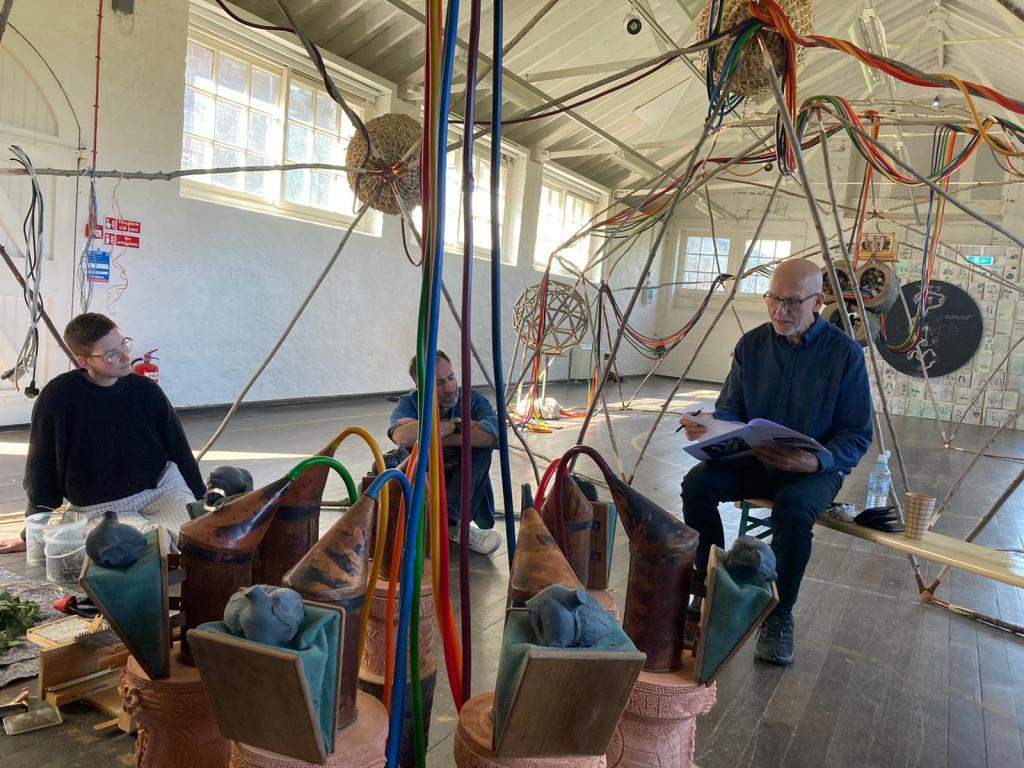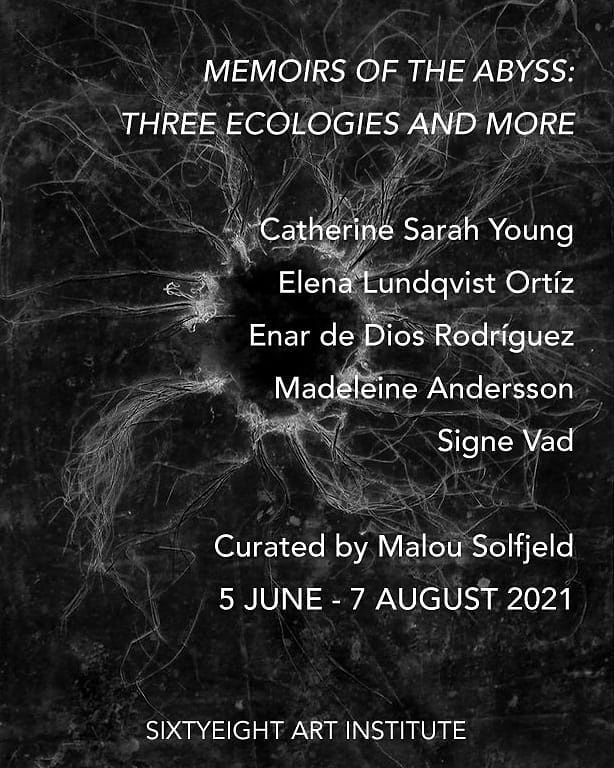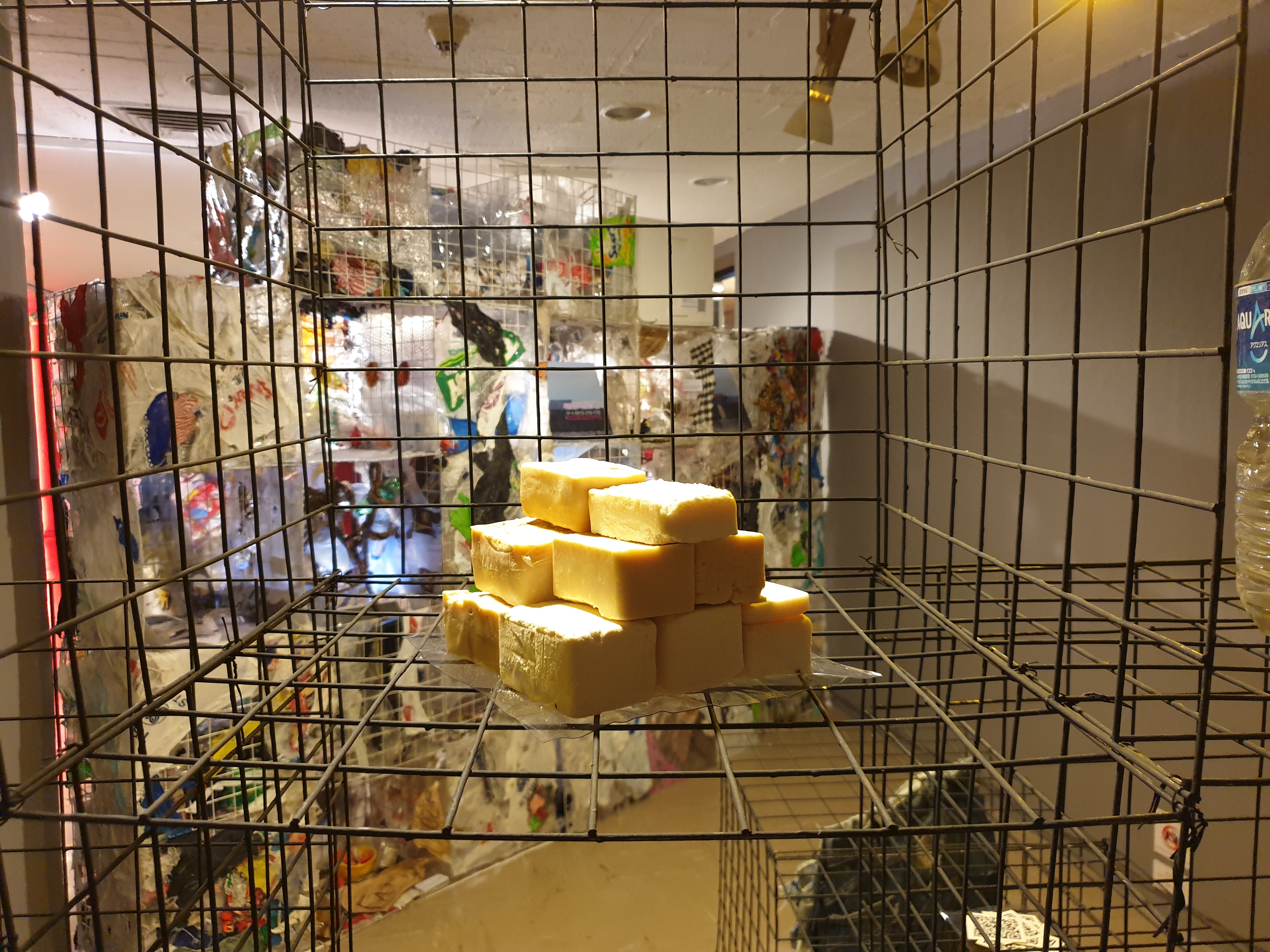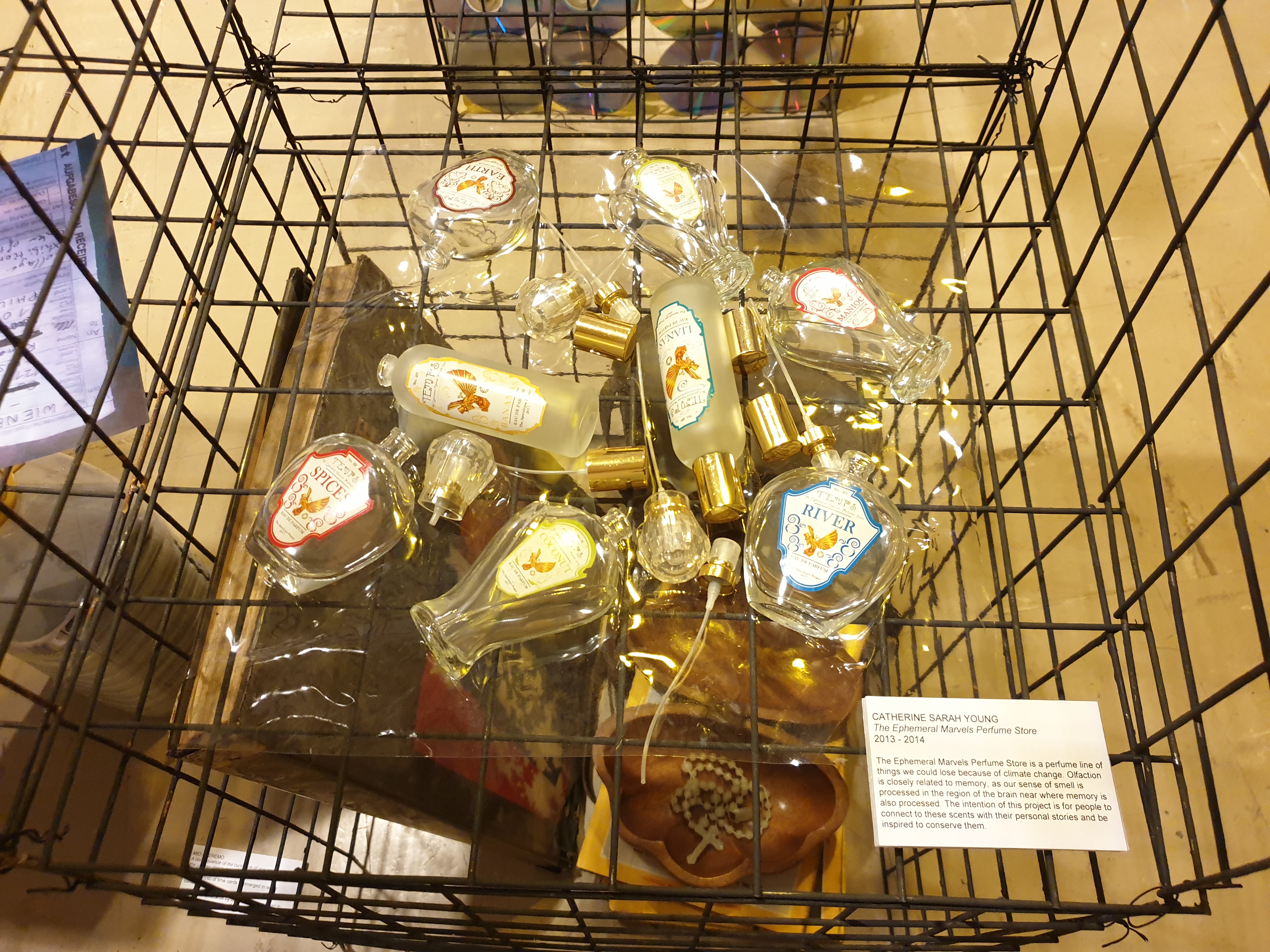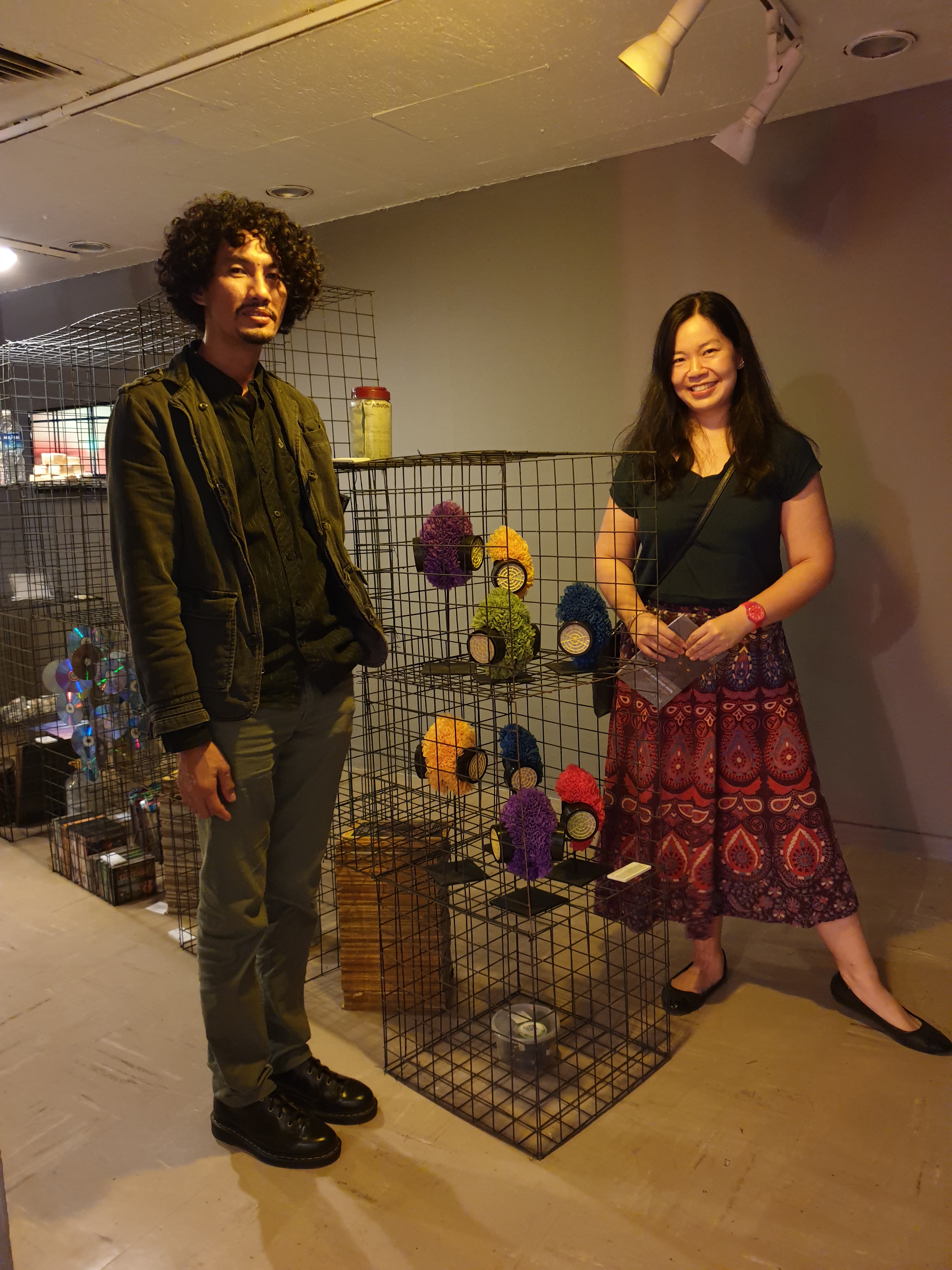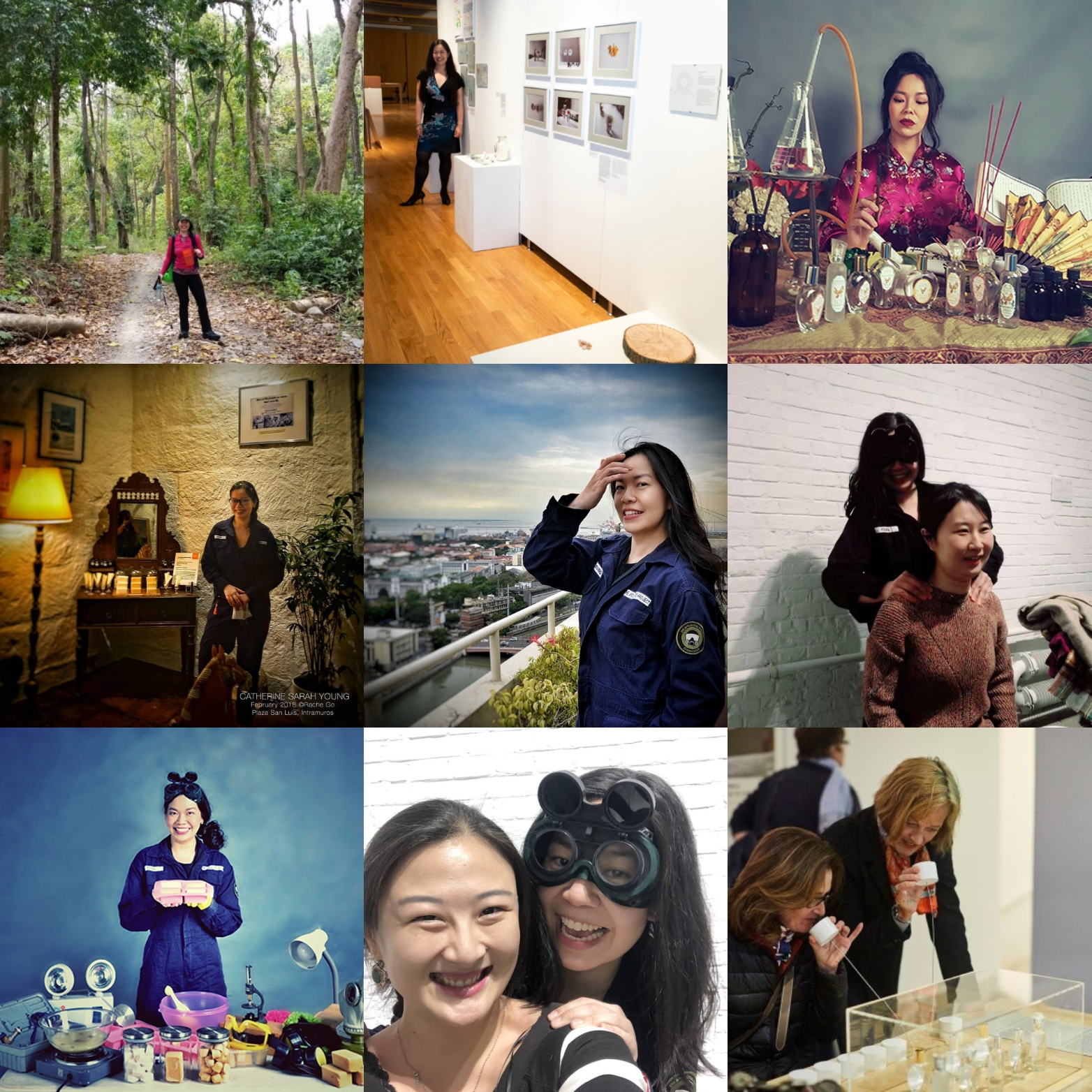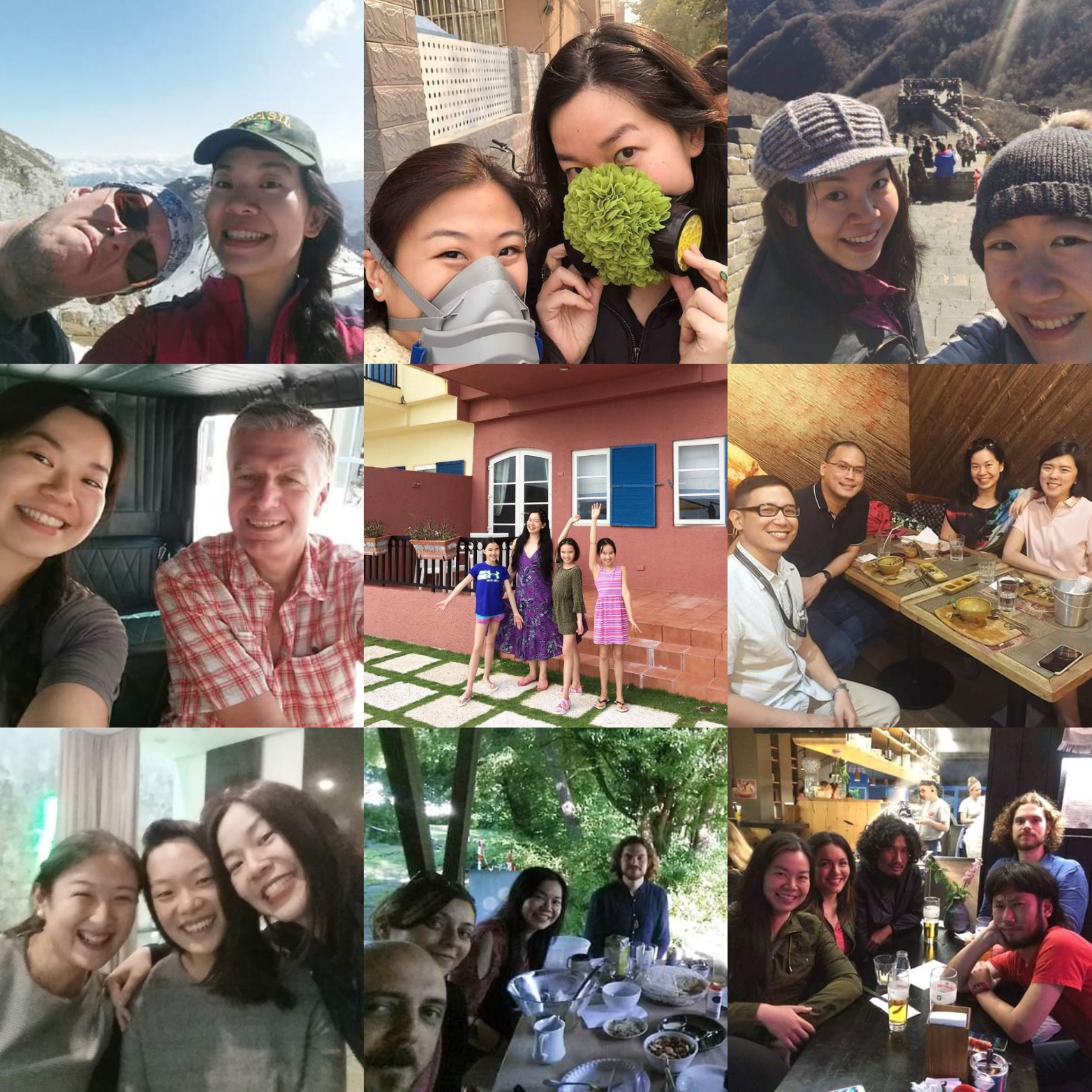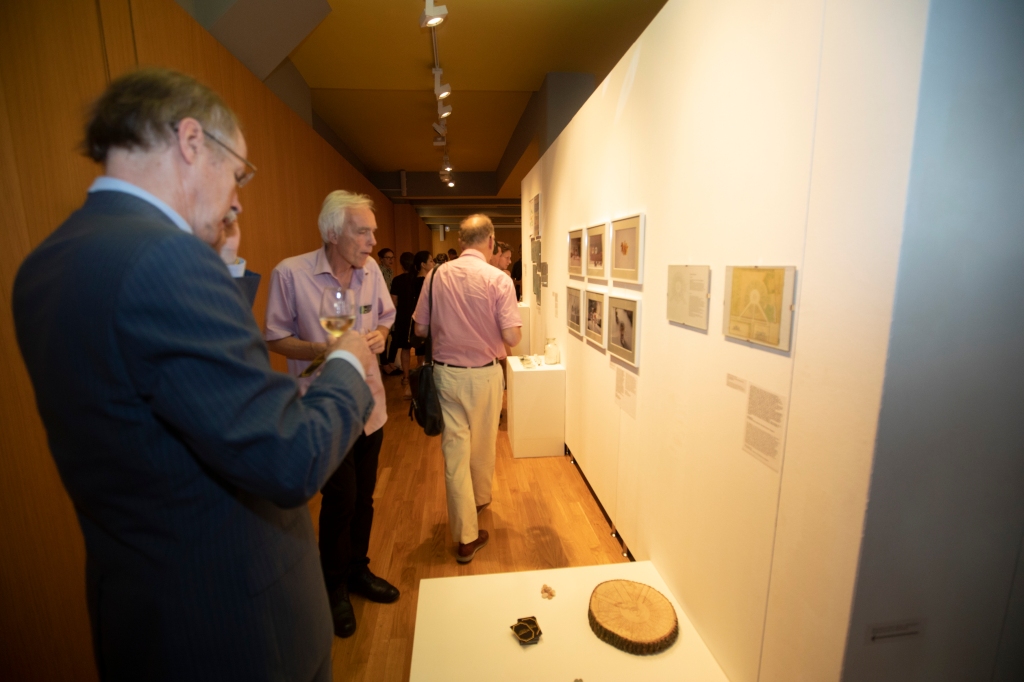I’m honored to show “The Ephemeral Marvels Perfume Store” at the “Victor Papanek: The Politics of Design” exhibition at the Vitra Design Museum in Weil am Rhein, Germany, which shows from September 30, 2018 to March 10, 2019! I’m excited to be one of the contemporary designers and honored to have a small contribution to this fantastic exhibition for my work on climate change. Very humbled to be among some amazing people whose work I’ve learned from through the years. Deepest thanks to the curators and exhibition team!
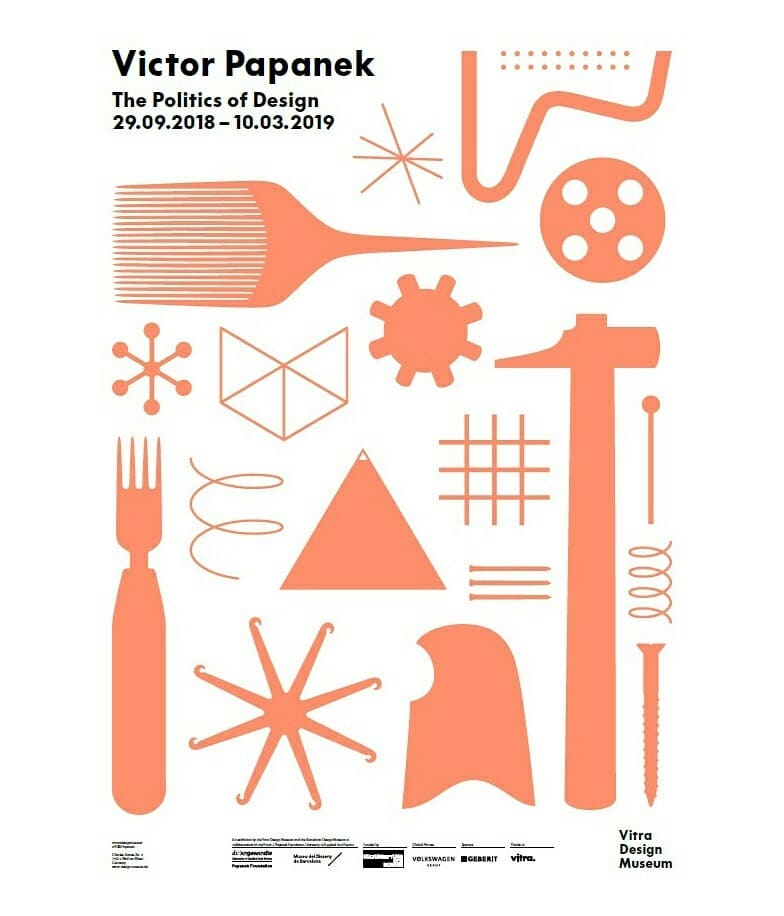
An excerpt from the VDM site:
With the exhibition »Victor Papanek: The Politics of Design«, running from 29 September 2018 to 10 March 2019, the Vitra Design Museum will present the first large retrospective focussing on the designer, author, and activist Victor J. Papanek (1923–1998). Papanek was one of the twentieth century’s most influential pioneers of a socially and ecologically oriented approach to design beginning in the 1960s. His key work, »Design for the Real World« (1971), remains the most widely read book about design ever published. In it, Papanek makes a plea for inclusion, social justice, and sustainability – themes of greater relevance for today’s design than ever before. The exhibition includes high-value exhibits such as drawings, objects, films, manuscripts, and prints, some of which have never before been presented. These are complemented by works of Papanek’s contemporaries from the 1960s to 1980s, including George Nelson, Richard Buckminster Fuller, Marshall McLuhan, or the radical design initiative »Global Tools«. Contemporary works from the areas of critical and social design provide insight into Papanek’s lasting impact.
»Victor Papanek: The Politics of Design« is organized into four sections offering an in-depth look at Papanek’s life and work. The exhibition begins with an introductory, large-format media installation presenting the designer’s ideas in a contemporary context and follows with a biographical overview tracing Papanek’s life from his escape from Europe to his international success. For the first time, organizers were able to draw upon materials of the Papanek estate held by the Papanek Foundation at the University of Applied Arts Vienna, which includes a number of documents that have never been exhibited, including notebooks, letters, furniture, pieces from Papanek’s collection of ethnological objects, as well as over thousands slides that the designer used for his lectures.
Two other sections focus on the main themes of Papanek’s work, including his fundamental criticism of consumerism and his engagement with social minorities, his commitment to the needs of what was then known as the »Third World«, ecology, sustainability, and »making« culture – creation and production using one’s own resources – which had its origins in the 1960s do-it-yourself movement. Visitors can also view a wealth of designs by Papanek, his students, and other collaborators, including those by the Danish designer Susanne Koefoed, who as a student of Papanek developed the first International Symbol of Access in 1968.
The exhibition is supplemented with around twenty carefully selected contemporary works that transport Papanek’s ideas into the twenty-first century by designers including Catherine Sarah Young, Forensic Architecture, Jim Chuchu, Tomás Saraceno, Gabriel Ann Maher, or the Brazilian collective Flui Coletivo and Questtonó. They, too, deal with complex themes such as global climate change, fluid gender identities, consumer behaviour, or the economic realities of migration, meaning they reflect the continuing resonance of the questions Papanek was already addressing in the 1960s. At the same time, they break out of the white, Western, and male-dominated world to which Papanek was bound despite all his efforts to the contrary.
»Victor Papanek: The Politics of Design« is thus both a retrospective as well as a themed exhibition. By focusing on Papanek the person, we can better understand a larger theme, namely the significance of design as a political tool. After all, what was revolutionary for Papanek’s time is now generally accepted: design is not only about giving form to something; it is a tool for political transformation that must consider social and ethical points of view. This is reflected by the fact that today’s debates over themes such as social design and design thinking draw upon Papanek’s ideas as a matter of course. The exhibition seeks to rediscover Papanek as a pioneer of these debates – and as one of design’s greatest forward thinkers – for the twenty-first century. At the same time, it examines how Papanek’s socially engaged design is changing our world today – as well as how it can make the world a better one.

The Ephemeral Marvels Perfume Store at the “Victor Papanek: The Politics of Design” opening. Image by Vitra Design Museum
More here.

